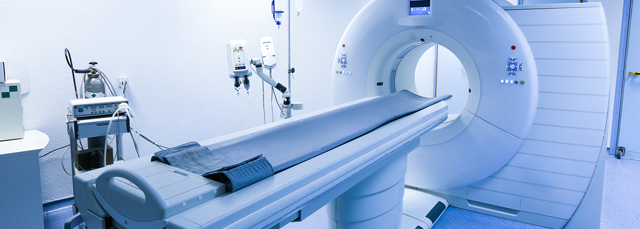Oncology Practices Can Be Patient-Centered, Too
February 17, 2016 · Amy Maciejowski
When people are diagnosed with cancer, they experience a lot of changes, beginning with the doctor they see on a routine basis—cancer patients undergoing treatment typically see their oncologist more often than they see their primary care provider. That’s why oncology practices are adopting the PCMH principles of providing continuous, team-based, coordinated care that focuses on the whole person.
With funding from the Patient-Centered Outcomes Research Institute (PCORI), researchers at NCQA are examining five oncology practices over the course of three years as they implement standards specific to patient-centered care—similar in scope to NCQA’s Patient-Centered Specialty Practice (PCSP) program.
The practices’ experiences were summarized and published in the Journal of Oncology Practice, Lessons from Early Implementation of a Patient-Centered Care Model in Oncology. It describes the practices’ structures and processes in place at the beginning of the transformation process, and what the practices accomplished in the project’s first eight months.
Insight from Oncology Practices
Two academic health centers, two private practices and one small, regional hospital practice in southeastern Pennsylvania are evaluated on six patient-centered specialty standards:
- Track and coordinate referrals.
- Provide access to and communicate with patients.
- Identify and coordinate patient populations.
- Plan and manage care.
- Track and coordinate care.
- Measure and improve performance.
The majority of practices were able to meet the standards for referral coordination and care management. Eight months into the pilot project, however, most still had trouble with quality improvement and other aspects of care coordination.
“Demonstrating these standards requires significant changes in practices’ EHRs and other electronic health systems,” said Manasi Tirodkar, PhD, the project’s director. “Currently many processes and data points required for reporting are not documented in a systematic way. In some places, health information systems such as the medical record, chemotherapy ordering, registries and patient navigation and phone triage systems are all on different platforms and may not be integrated with each other to have all the information available at the point of care.”
Two years after starting implementation, practices are changing EHR templates and figuring out how to transfer information between electronic systems so they can document the required patient-centered care processes and create better coordination of care.
But meeting the standards doesn’t tell the whole story. Patient-centered culture, leadership and motivation to change are also important factors in transforming care. Across the board, oncology practices, clinicians and staff recognize this and are working to improve care based on patient need.
One oncologist sees the transformation to patient-centered care as a “natural extension of the oncology field.”
“I think it’s a great idea… to bring everything to the patient,” says another.
To read the full report, visit the Journal of Oncology Web site.









